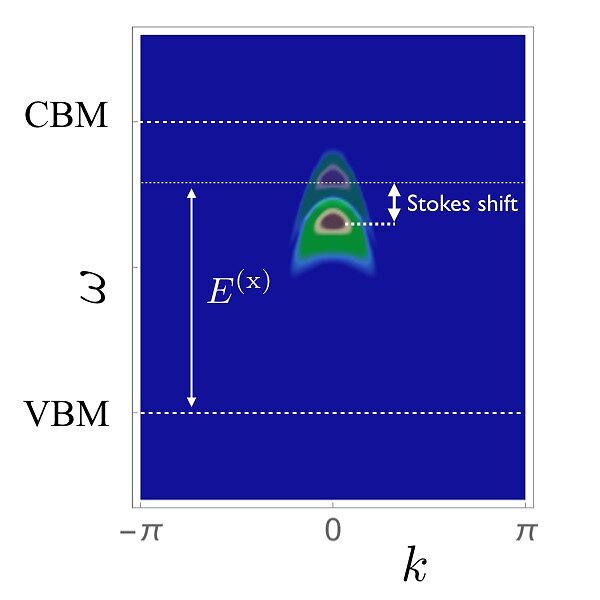[Seminar] Coherent versus incoherent excitons: Stability, time-dependent ARPES spectrum and Floquet topological phases

Date
Location
Description
Speaker
Prof. Gianluca Stefanucci / University of Rome Tor Vergata
Condensed Matter Theory.
Research Areas: Nanoscale electron transport, Josephson nanojunctions, inelastic quantum transport, low-dimensional systems and Luttinger liquids, Auger spectroscopy, time-resolved spectroscopies, excitonic insulators, Mott insulators, charge migration in molecular systems.
Methods: DFT, TDDFT, MBPT, NEGF
Title
Coherent versus incoherent excitons: Stability, time-dependent ARPES spectrum and Floquet topological phases
Abstract
We consider a ground-state band insulator turning into a nonequilibrium (NEQ) exciton superfluid (XS) when illuminated by coherent pump pulses of subgap frequency. The NEQ-XS is characterized by self-sustained coherent oscillations of the complex superfluid condensate. We show that monochromatic probes yield a steady-state ARPES spectrum featuring a subgap excitonic sideband. The sideband originates from the dressing of conduction states by the condensate field and its intensity is proportional to the square modulus of the excitonic wave function in momentum space. Reducing the probe duration below the condensate period the band structure gradually fades away and the ARPES signal becomes periodic in the impinging time of the probe, with the same period of the condensate. The stability of a NEQ-XS as the conduction density grows is jeopardized by the increased screening efficiency of the looser excitons. However, when the dielectric function is calculated with the proper self-consistent polarization one finds that the NEQ-XS is stable up to relatively high densities.
Phonon-induced decoherence eventually destroys the XS phase and the phonon-dressing transforms excitons into exciton-polarons. In this incoherent regime the subgap excitonic sideband is still present but it is broader and red-shifted (Stokes shift).
If time permits we also show that a p-wave NEQ-XS at high enough exciton densities undergoes a transition toward a Floquet topological phase. Noteworthy this arises exclusively from the electron-hole Coulomb interaction as the system is not driven by external fields.
Meeting ID: 959 5613 2520
Please contact megumi.ikeda@oist.jp for the passcode.
Subscribe to the OIST Calendar: Right-click to download, then open in your calendar application.



